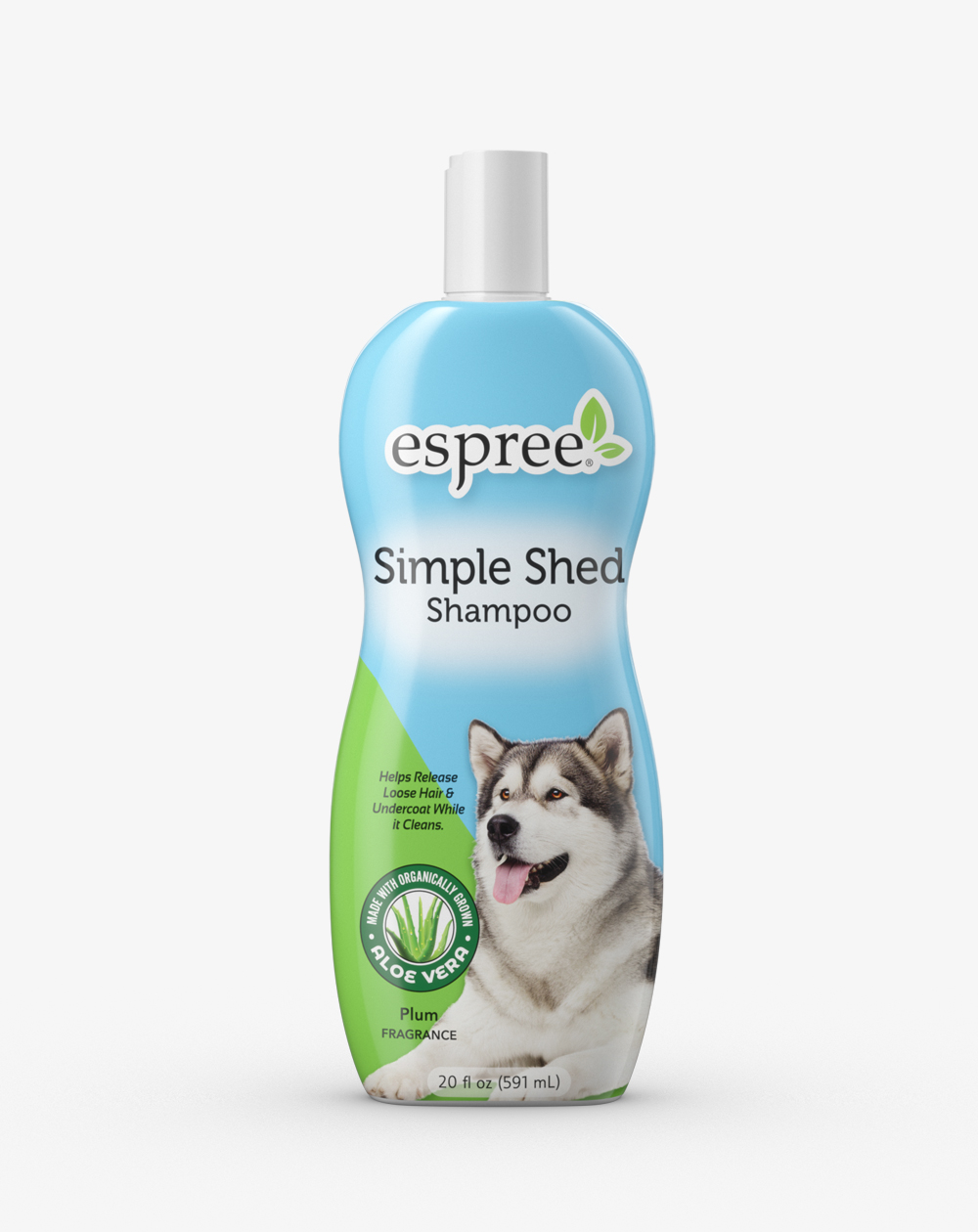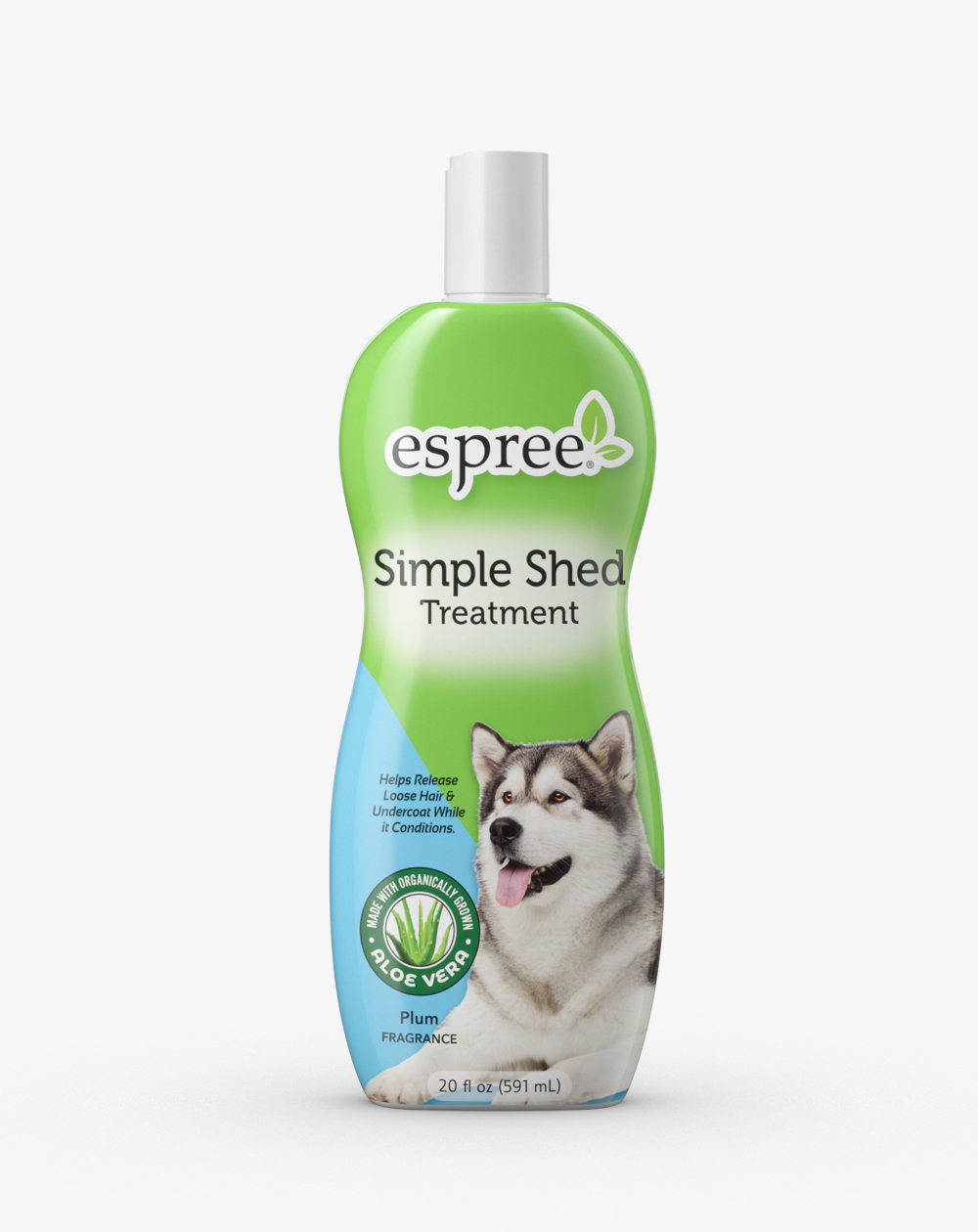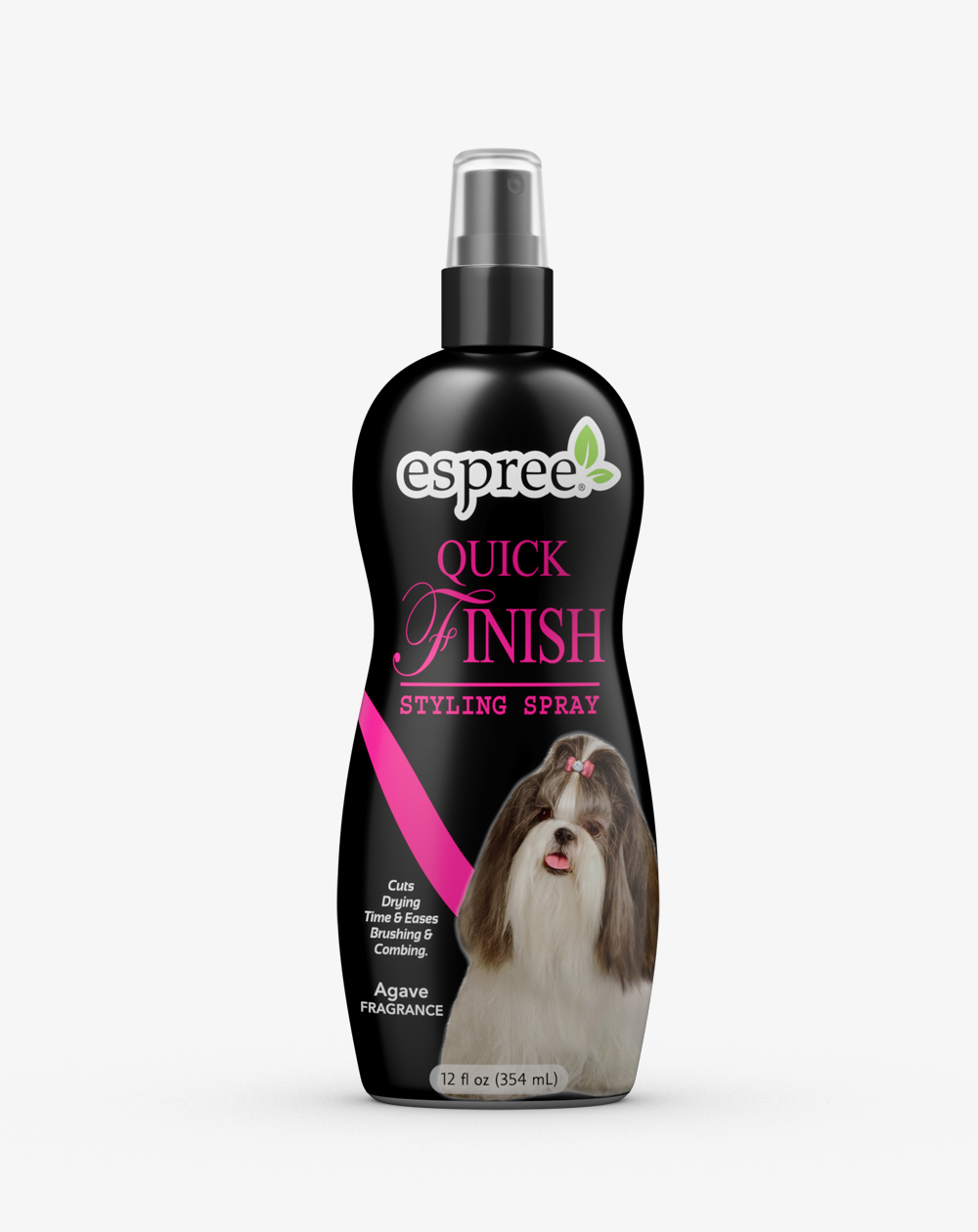
Tibetan Mastiff
An impressively large dog with noble bearing, the Tibetan Mastiff is an aloof and watchful guardian breed. They possess a solemn but kind expression, with an immense double coat it can be black, brown and blue/grey, with or without tan markings, and various shades of gold. Although seen in shows in the United States today, they may not enjoy participating in organized activities such as obedience or agility due to their highly independent natures.
Breed Profile
Extremely independent and intelligent, the Tibetan Mastiff may have its own agenda, so for safety, they should be kept contained when exercised. Although active while out of doors, they are usually fairly quiet in the house. Prospective owners should note – the breed is highly protective of their family and property, so it may be difficult to bring people into your home. Finally, they shed their coat only once a year, but regular brushing is still required.
Grooming
The Tibetan Mastiff does require regular bathing and brushing. This intelligent dog can be bathed as frequently as weekly up to no longer than every 6 weeks. With this immense double coat, proper bathing and drying techniques lay the groundwork for achieving a beautiful coat and healthy skin. Selecting the correct products to meet the dog’s needs is essential to achieve optimal results.
The care and maintenance of the coat sets the foundation for obtaining healthy skin and coat. When the coat is dirty, the hair shaft becomes rough and eventually breaks down, which can lead to the coat becoming damaged. This coat needs to be brushed weekly in order to prevent the dog from becoming matted and tangled. Lack of maintenance can contribute to the formation of the cobweb matting that forms close to the skin. This type of matting if left unattended can lead to the development of numerous skin issues. Therefore, keeping the coat clean and healthy is of utmost importance in order to maintain the abundant double coat.
The coat should start standing off the skin and not mat up. You might have to pull the dryer farther away from the skin to prevent it from tangling the coat. Once you have blown out any loose hair and have and lightly brushed through the dog, you are ready for the bath!
Wet the coat and apply the shampoo by squeezing it through the coat making certain you have worked it all the way through the coat down to the skin. Thorough shampooing will contribute to building a healthy, strong, and manageable coat. It is a good idea to slightly cool the water temperature down when rinsing the coat. The coat should be rinsed thoroughly making certain that all the product has been removed. Use a light conditioner to nourish and hydrate each individual strand of hair without changing the texture of the coat. Once the bath is complete, blot the coat with a towel to remove excessive moisture.
Blow the coat out with a HV dryer to remove excess moisture. Be sure to hold the nozzle far enough away to prevent the coat from tangling. Finish with a stand dryer and line dry all the way to the skin. Once the dog is completely dry, line brush, working in sections until the dog is tangle free. It is a good idea to go over the entire coat with your hands, to see if there are inconsistencies in the density of the coat. If so, continue to brush and comb those areas. As a final check, use a firm slicker brush throughout the coat, and little to no hair should be apparent on the brush. Areas to pay particular attention to for tangles and excessive hair are the thighs, behind the ears, the tail, and around the ruff.
Finishing the Dog: Tools and Finish Grooming
The coat should be light and stand off the dog. A wide-toothed comb should easily glide through the coat with no resistance all the way down to the skin. Pay particular attention to the neck, chest, and hindquarter area as they can get packed with excessive coat. A healthy coat is light, airy, and has a natural shine.
General Health Care
Prep work is the foundation of all grooming. Prep work includes ear cleaning, nail trimming, trimming the pads, anal glands, and proper dental hygiene. Mastering these skills sets the professional pet stylist apart from the rest. Prep work should be done before every bathing and grooming appointment. All dogs need to have their ears checked and cleaned on a regular basis. Some need to have the hair plucked from the ear canal. This allows the ear to have proper air circulation. It is not necessary to remove all of the hair in the ear, as some serve as a barrier to foreign debris. It is imperative that you are properly trained to pull ear hair before attempting this endeavor. Proper nail care is also very important. Long, unsightly nails are uncomfortable for the dog, as well as anyone they might jump on. Long nails also compromise the shape of the foot. Trimming the pads of the foot helps give the dog good traction on different surfaces and can minimize the amount of dirt the dog tracks into the house. It also affords the opportunity to treat and condition the paws from cracks and abrasions. Good dental hygiene is essential for a healthy pet too.
Nutritional Care
In order to maintain healthy skin and coat as well as overall health, it is important to provide good nutrition to your dog through a well–balanced diet, vitamins, and healthy treats.
Do they require a lot of grooming?
Frequent baths and brush outs are necessary to keep the skin and coat in optimal condition.
What is a common problem in the breed?
The Tibetan Mastiff can have some health issues that are a concern including Hip and Elbow Dysplasia, Hypothyroidism, Persistent Pupillary Membranes (an eye disorder), and Canine Inherited Demyelinate Neuropathy.
Do they shed or cause allergies?
Yes, they are heavy shedders. Their main shedding cycle is once or twice a year and are moderate shedders the remaining part of the year. You will find hair all over your clothing, furniture, carpeting, and maybe even in your food. Frequent vacuuming will become a way of life.
Are they good with children?
This breed can be very protective of their family. As with any breed, small children should never be left alone with this breed. Proper socialization and meeting people under positive circumstances is imperative if a Tibetan Mastiff is going to be around children.
What if I have a show dog?
Whether you have a show dog or a companion dog, the same basic care is given regarding nutrition, socialization, and hygiene. The difference is the maintenance, conditioning, and training for the show ring. It is always helpful if your breeder is willing to mentor you to lead you in the right direction upon entering the wonderful world of showing dogs. A great place to start is with the national breed club like the Tibetan Mastiff Club of America, www.tibetanmastiffinfo.com.




